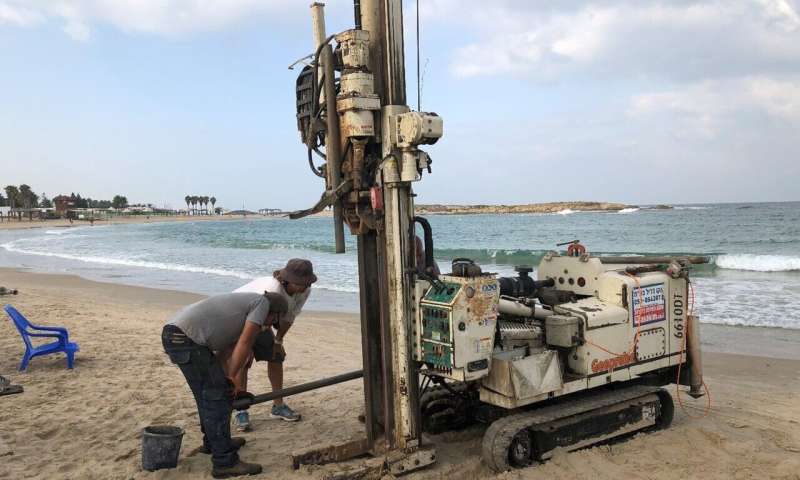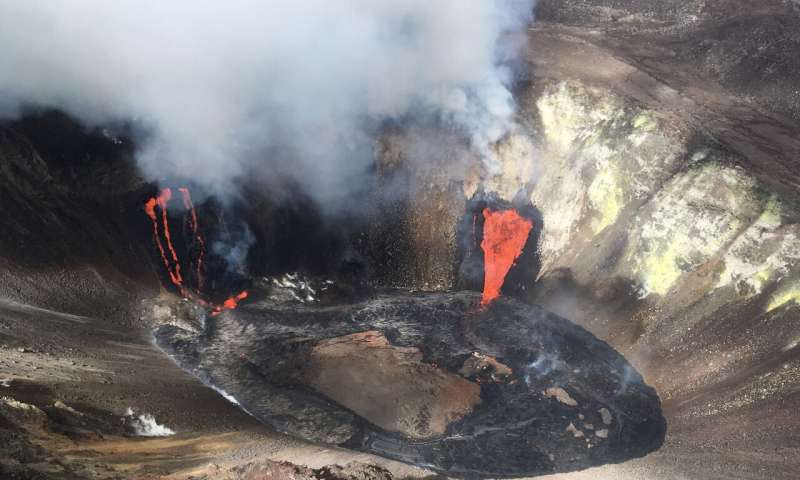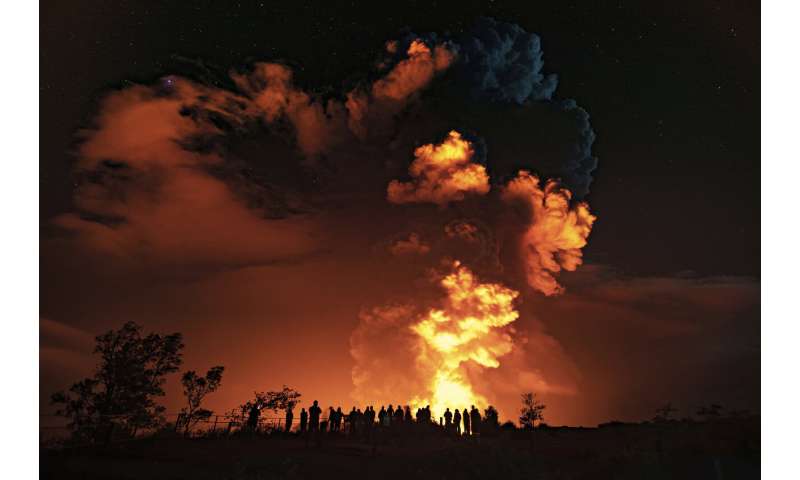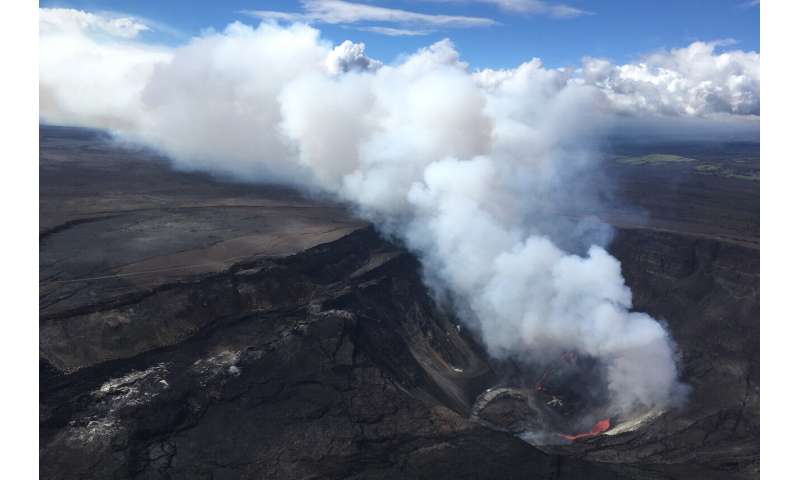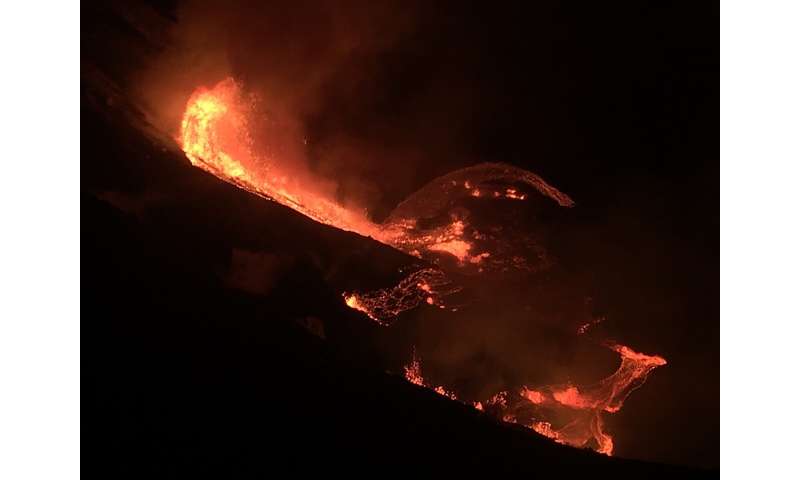
© Joe Raedle/Getty Images A new Trump administration regulation could cost tipped employees more than $700 million in lost wages, a 2019 analysis found. Joe Raedle/Getty Images
A new rule published by the Department of Labor on Tuesday would allow restaurant owners to take employees' tips to pay "back-of-the-house" workers such as cooks and dishwashers.
An analysis by the Economic Policy Institute found that change could cost workers more than $700 million.
The regulation would also allow employers to require tipped employees to perform more nontipped labor like cleaning.
"It's really, really clear this is about the interests of corporate executives and shareholders," Heidi Shierholz, an economist at EPI, told Business Insider.
A new rule rolled out in the final days of the Trump administration would allow restaurants to pull tips from their waitstaff to pay cooks and other employees, putting more cash in the pockets of owners while forcing front-of-house staffers to do more work for less money.
Employers have been allowed to pool tips and share them among employees who typically receive them. The 148-page regulation published Tuesday by the Department of Labor would expand that, allowing restaurants to pay the wages of cooks and dishwashers with money earned by those waiting tables.
The regulation would also do away with the so-called 80-20 rule, in which tipped employees - who can earn as little as $2.13 an hour from their employer as long as their tips get them to the federal minimum wage of $7.25 - can't be asked to spend more than 20% of their shift performing nontipped work, like rolling silverware or cleaning. The new standard would be "reasonable time" spent doing such things.
"It's totally ambiguous and makes it extremely difficult to enforce," Heidi Shierholz, the director of policy at the center-left Economic Policy Institute, told Business Insider.
The Trump administration said it was introducing the regulation to improve equality.
Cheryl Stanton, an administrator at the Department of Labor, said it "could increase pay for back-of-the-house workers, like cooks and dishwashers," and "reduce wage disparities among all workers who contribute to customers' experience."
But experts say this would be achieved at the expense of employees.
In a 2019 analysis, EPI estimated that the regulation would cost workers $700 million a year and, by doing away with the 80-20 rule, encourage employers to rely more heavily on tipped labor. Why pay cleaning staff the federal minimum wage when tipped employees, who cost a fraction of that, could be asked to do the job instead?
"It's really, really clear this is about the interests of corporate executives and shareholders. Like, that is what's driving this," Shierholz said.
"If there really was a strong interest in reducing inequality and raising the wages of the lowest-paid workers, they would be pushing tooth and nail to raise the minimum wage," Shierholz added.
"There is a direct way to do this," Shierholz said, "instead of saying, 'Oh, we're going to raise the wages of the lowest-paid workers by taking from the wages of the second-lowest-paid workers.'"
It is notable that it was not labor advocates but their bosses who lobbied for the change.
"The food service industry supports the Department's proposed rule," lawyers for the Restaurant Law Center and the National Restaurant Association said last year when the change was being developed. They billed it as deregulation and an end to bureaucrats "trying to micromanage restaurant work."
The new regulation isn't set to take effect for 60 days. It's possible that President-elect Joe Biden and his team could postpone its implementation, though it's unclear whether they would. A representative for the Biden-Harris transition team did not return a request for comment.
Read the original article on Business Insider


 © Joel De La Rosa/CNN Kelly Kimbro's ranch in Southeast Arizona now has several miles of new border wall.
© Joel De La Rosa/CNN Kelly Kimbro's ranch in Southeast Arizona now has several miles of new border wall.

 '
'












